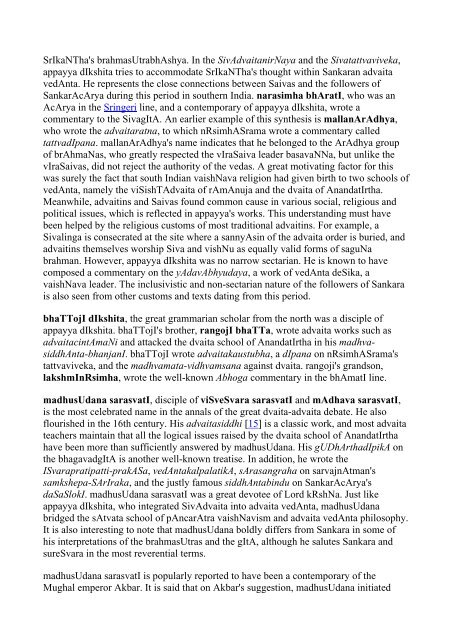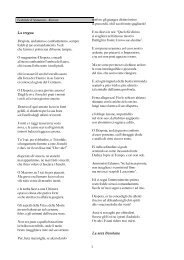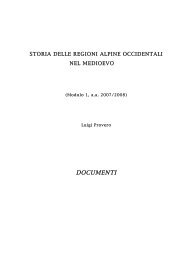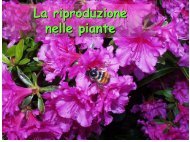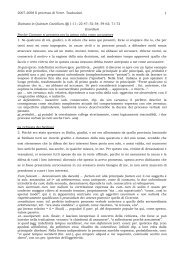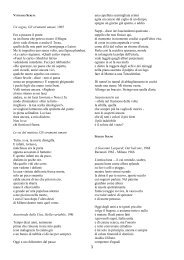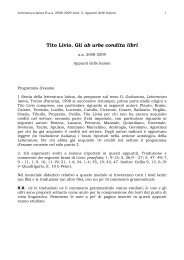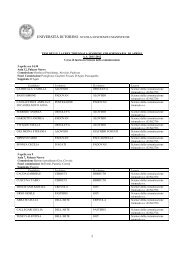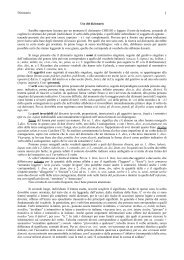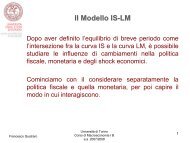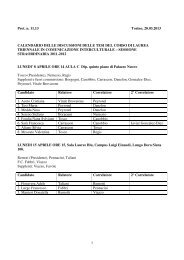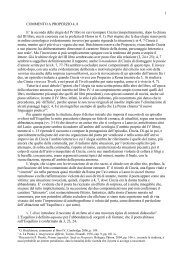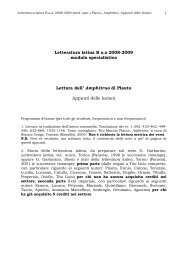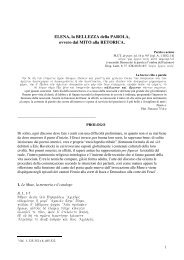ajAti vAda
ajAti vAda
ajAti vAda
You also want an ePaper? Increase the reach of your titles
YUMPU automatically turns print PDFs into web optimized ePapers that Google loves.
SrIkaNTha's brahmasUtrabhAshya. In the SivAdvaitanirNaya and the Sivatattvaviveka,<br />
appayya dIkshita tries to accommodate SrIkaNTha's thought within Sankaran advaita<br />
vedAnta. He represents the close connections between Saivas and the followers of<br />
SankarAcArya during this period in southern India. narasimha bhAratI, who was an<br />
AcArya in the Sringeri line, and a contemporary of appayya dIkshita, wrote a<br />
commentary to the SivagItA. An earlier example of this synthesis is mallanArAdhya,<br />
who wrote the advaitaratna, to which nRsimhASrama wrote a commentary called<br />
tattvadIpana. mallanArAdhya's name indicates that he belonged to the ArAdhya group<br />
of brAhmaNas, who greatly respected the vIraSaiva leader basavaNNa, but unlike the<br />
vIraSaivas, did not reject the authority of the vedas. A great motivating factor for this<br />
was surely the fact that south Indian vaishNava religion had given birth to two schools of<br />
vedAnta, namely the viSishTAdvaita of rAmAnuja and the dvaita of AnandatIrtha.<br />
Meanwhile, advaitins and Saivas found common cause in various social, religious and<br />
political issues, which is reflected in appayya's works. This understanding must have<br />
been helped by the religious customs of most traditional advaitins. For example, a<br />
Sivalinga is consecrated at the site where a sannyAsin of the advaita order is buried, and<br />
advaitins themselves worship Siva and vishNu as equally valid forms of saguNa<br />
brahman. However, appayya dIkshita was no narrow sectarian. He is known to have<br />
composed a commentary on the yAdavAbhyudaya, a work of vedAnta deSika, a<br />
vaishNava leader. The inclusivistic and non-sectarian nature of the followers of Sankara<br />
is also seen from other customs and texts dating from this period.<br />
bhaTTojI dIkshita, the great grammarian scholar from the north was a disciple of<br />
appayya dIkshita. bhaTTojI's brother, rangojI bhaTTa, wrote advaita works such as<br />
advaitacintAmaNi and attacked the dvaita school of AnandatIrtha in his madhvasiddhAnta-bhanjanI.<br />
bhaTTojI wrote advaitakaustubha, a dIpana on nRsimhASrama's<br />
tattvaviveka, and the madhvamata-vidhvamsana against dvaita. rangoji's grandson,<br />
lakshmInRsimha, wrote the well-known Abhoga commentary in the bhAmatI line.<br />
madhusUdana sarasvatI, disciple of viSveSvara sarasvatI and mAdhava sarasvatI,<br />
is the most celebrated name in the annals of the great dvaita-advaita debate. He also<br />
flourished in the 16th century. His advaitasiddhi [15] is a classic work, and most advaita<br />
teachers maintain that all the logical issues raised by the dvaita school of AnandatIrtha<br />
have been more than sufficiently answered by madhusUdana. His gUDhArthadIpikA on<br />
the bhagavadgItA is another well-known treatise. In addition, he wrote the<br />
ISvarapratipatti-prakASa, vedAntakalpalatikA, sArasangraha on sarvajnAtman's<br />
samkshepa-SArIraka, and the justly famous siddhAntabindu on SankarAcArya's<br />
daSaSlokI. madhusUdana sarasvatI was a great devotee of Lord kRshNa. Just like<br />
appayya dIkshita, who integrated SivAdvaita into advaita vedAnta, madhusUdana<br />
bridged the sAtvata school of pAncarAtra vaishNavism and advaita vedAnta philosophy.<br />
It is also interesting to note that madhusUdana boldly differs from Sankara in some of<br />
his interpretations of the brahmasUtras and the gItA, although he salutes Sankara and<br />
sureSvara in the most reverential terms.<br />
madhusUdana sarasvatI is popularly reported to have been a contemporary of the<br />
Mughal emperor Akbar. It is said that on Akbar's suggestion, madhusUdana initiated


